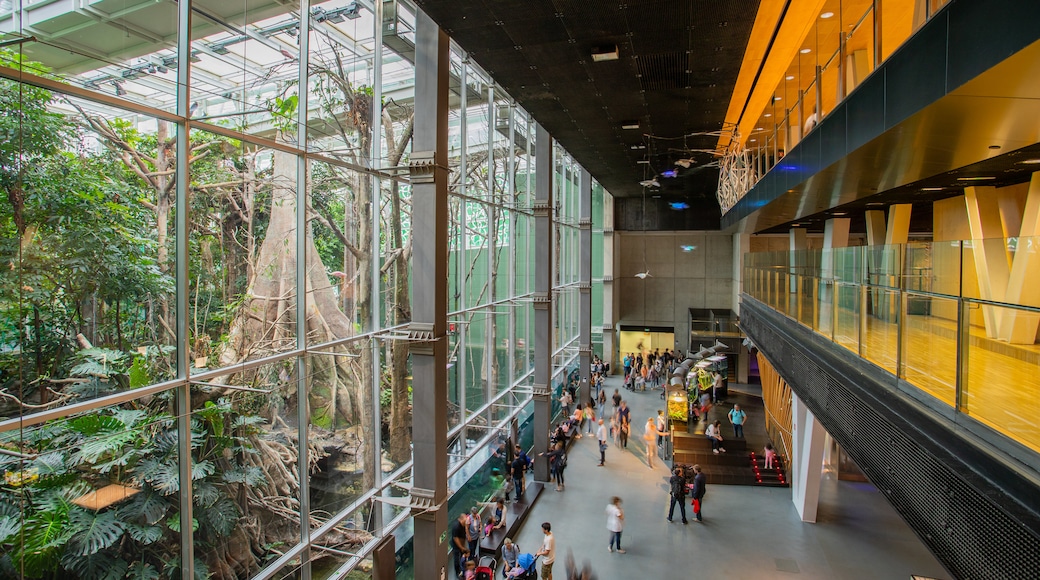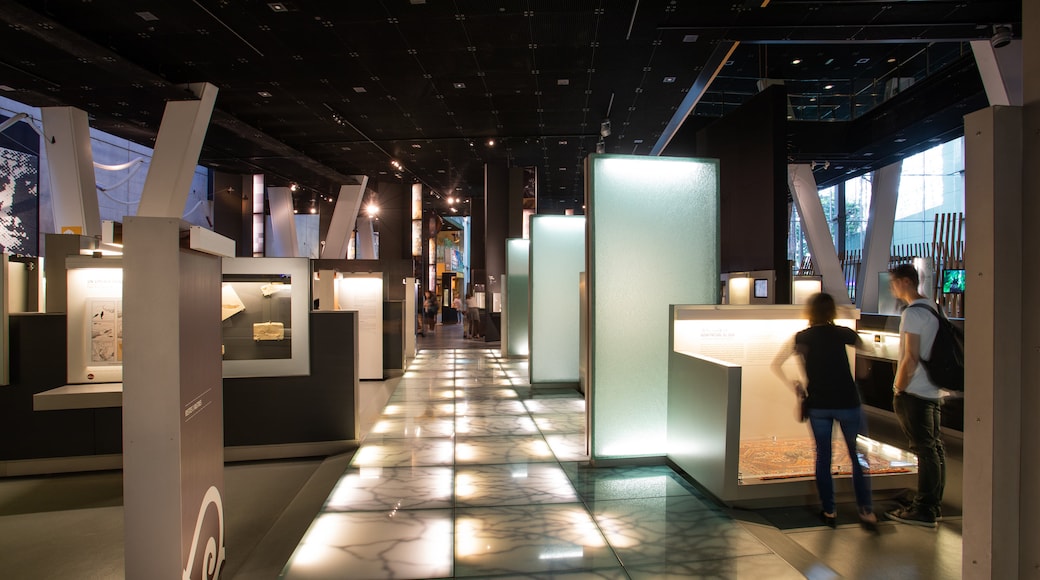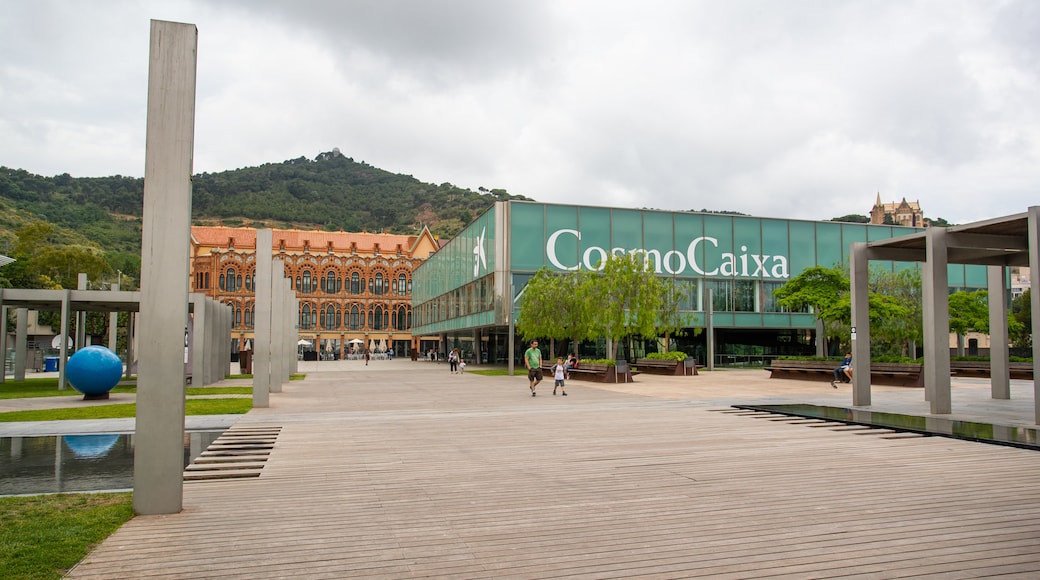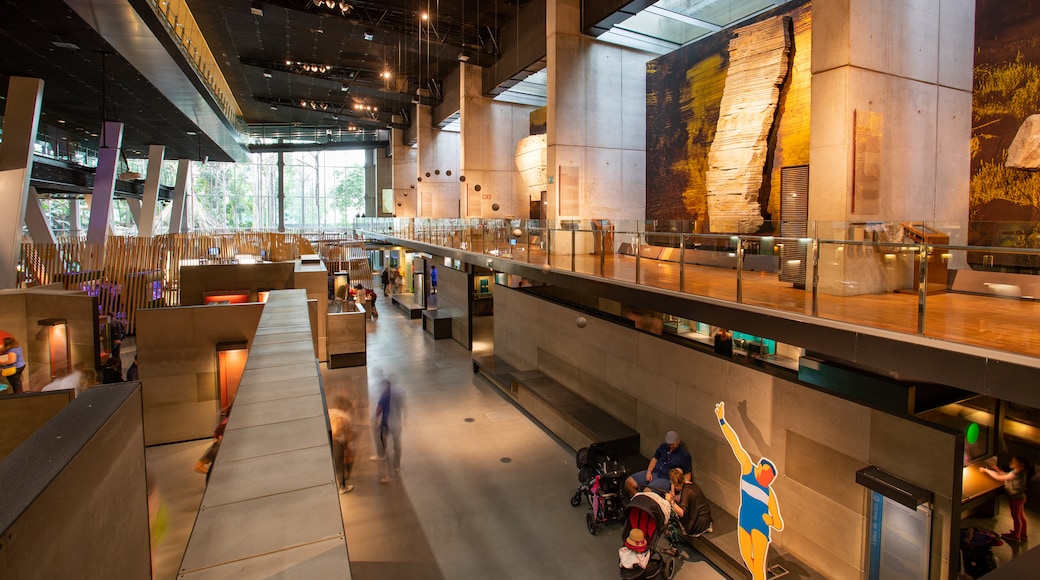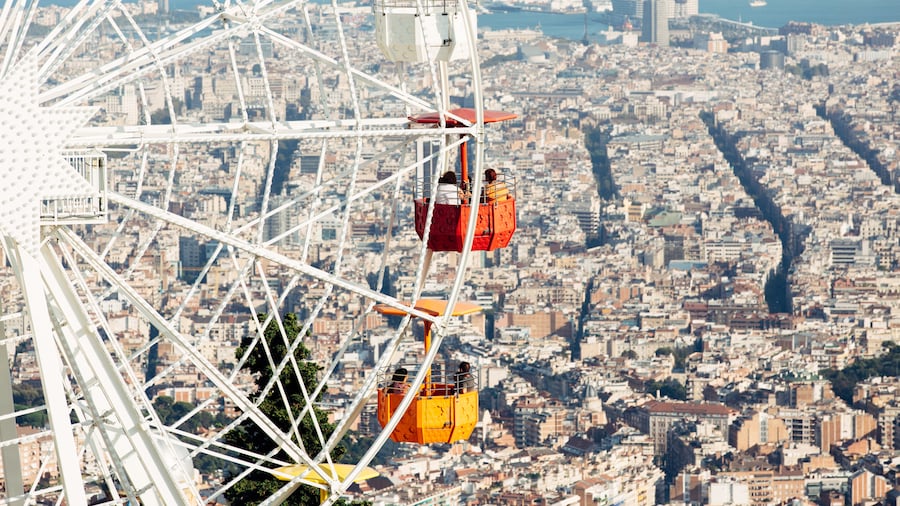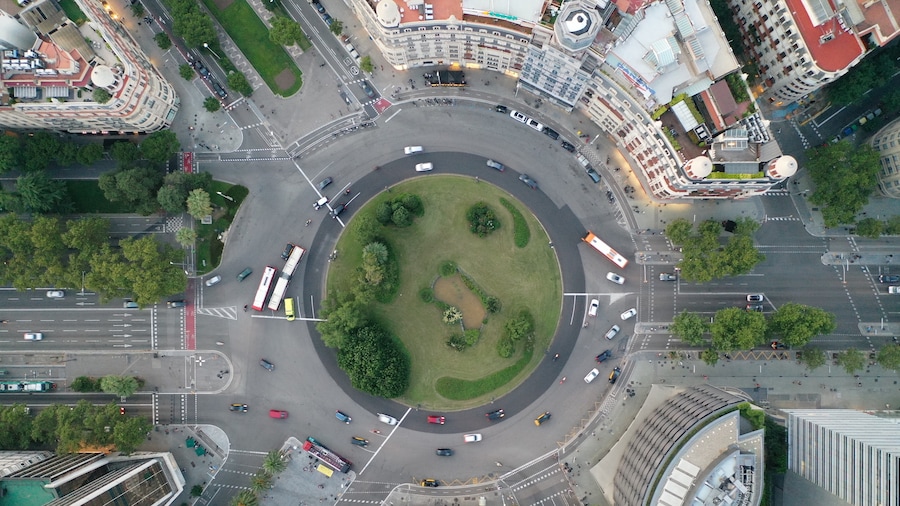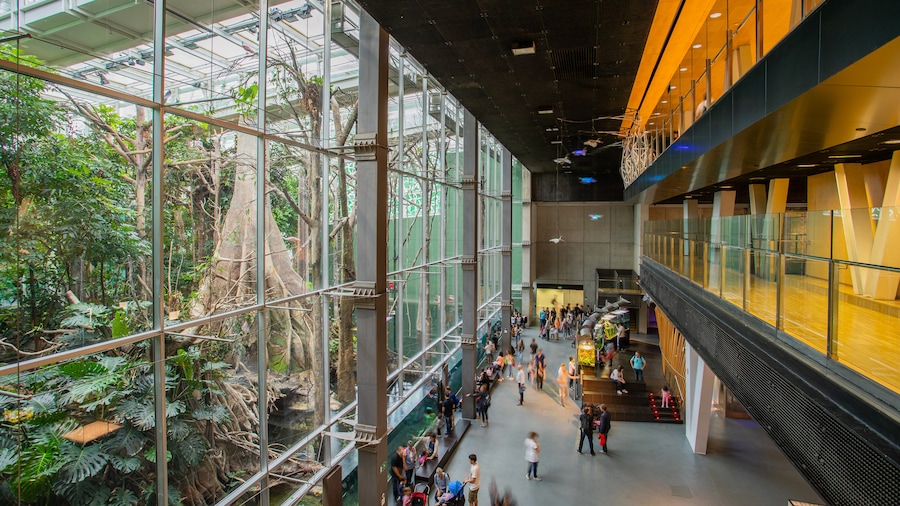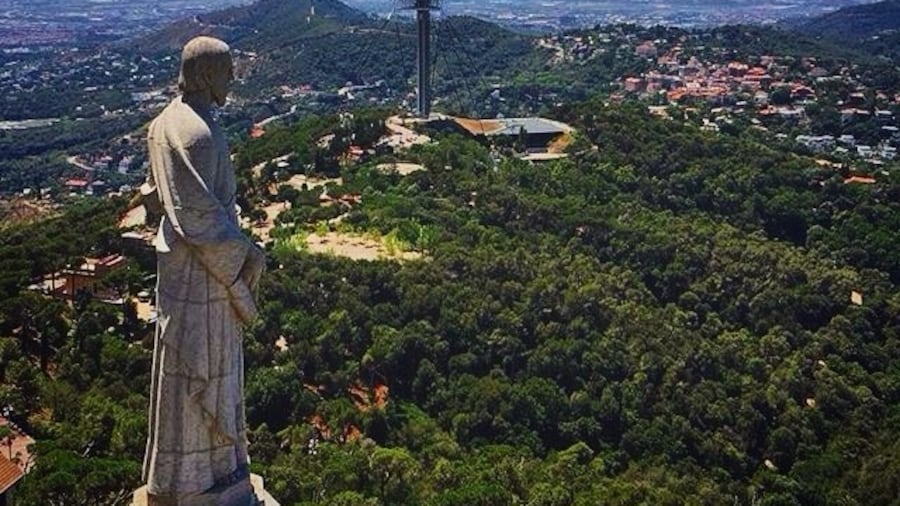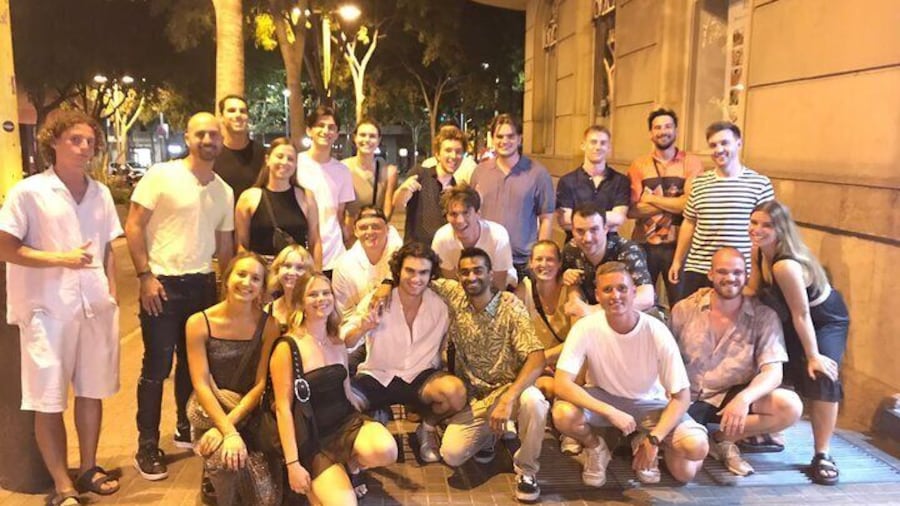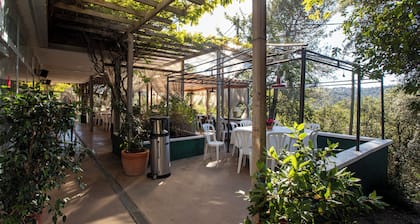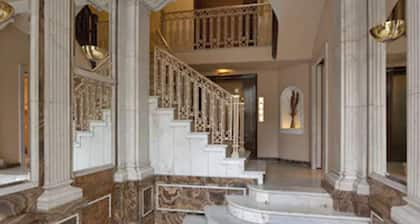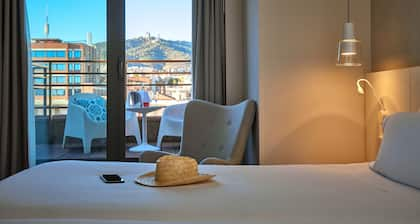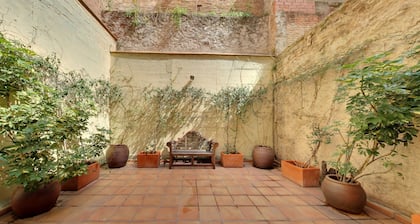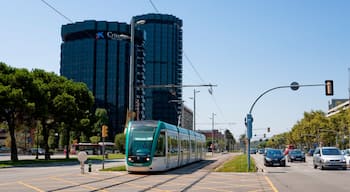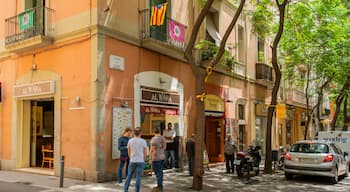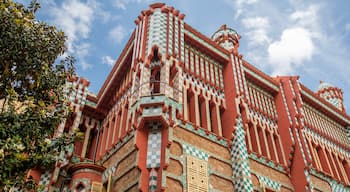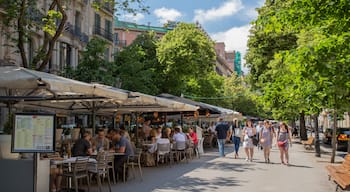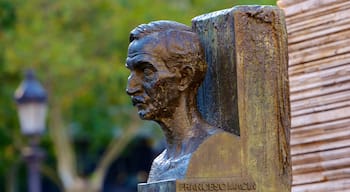As one of Barcelona’s biggest districts, Sarrià-Sant Gervasi takes in the old Catalan villages of Sarrià, Sant Gervasi de Cassoles, Vallvidrera, Santa Creu d’Olorda and part of the Collserola Mountain.
Just like Gràcia next door, Sarrià and its surrounding villages were added to Barcelona over a century ago, following the development of L’Eixample. Since this merger, completed in 1921, Sarrià-Sant Gervasi has evolved into an upscale city district with leafy parks and good schools.
Sarrià sits in a spot that was once a Roman colony. Artifacts found here date back as far as the 1st century. Walk along its main street, the Major de Sarrià to shop or eat out. While central to the district, it is everything the famous La Rambla is not: quiet, uneventful, affordable and accessible by car.
Look up at the stone clock tower of the Eglésia de Sant Vincenç de Sarrià in Plaça de Sarrià before you visit the Mercat de Sarrià along the nearby Passeig de la Reina Elisenda de Montcada. The elegant market hall first opened its doors in 1900 and is still in use today, after extensive renovations.
In the El Putget i Farró neighborhood of Sarrià-Sant Gervasi, ask the way to the charming Passatge de Sant Felip for a little journey back in time. Also don’t miss the Cases Ramos building, a modernist marvel designed by architect Jaume Torres i Grau in 1906, located in the busy Plaça de Lesseps. Another great example of modernist architecture you can find in Sarrià-Sant Gervasi is the building that houses CosmoCaixa, a science museum with planetarium.
Les Tres Torres (The Three Towers) is another residential neighborhood within the Sarrià-Sant Gervasi district. The area started off with just three grand buildings in the early 20th century, but it’s now a mix of old and new, with more and more high-rises added each year. The neighborhood’s Teresian College is a good example of the district’s prestigious past. Another grand old building, the Casa Muley Afid, now houses the Mexican consulate.
Sarrià-Sant Gervasi is in the northwest of Barcelona’s Old City (Ciutat Vella) and is farthest inland. While not all that cheap, it’s the quietest area within Barcelona and will appeal to those hoping to get a good night’s rest.
